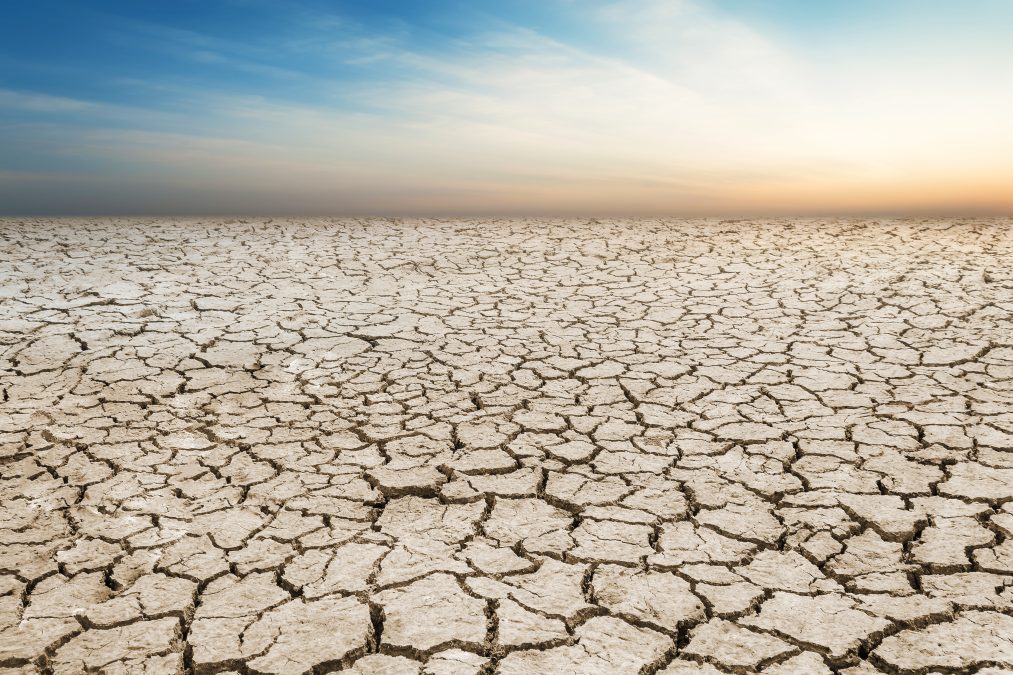
Terrebonne General honors May Terrebonne Outstanding Scholar & Distinguished Athletes
June 2, 2023Memories of Summer Fun – The Observer
June 2, 2023Drought is about. Whether you open your snout to shout or pout about it, leave no doubt about it. Whether you call it climate this or atmospheric that or political hashtag-asterisk-dollar sign-exclamation point, droughts are affecting places and peoples across the world. Many droughts are short-lived: In California, for instance, the big drought of 2022 ended with big rain and big melt from the big snow of early 2023, but some now predict big flooding and big landslides in the big aftermath. In other places, drought relief is not so imminent or predicable, and food and water supplies as well as community health and individual wellbeing are at risk.
In the absence of such dangers to humanity, there’s something curiously interesting about drought—especially for historians and archaeologists and people fascinated by the findings those people make. For instance, in the Catalonian region of Spain, a reservoir’s level is currently so low that an 11th century church underwater for over 1000 years can now be seen in its entirety. Wow. A similar church sighting happened in the Chiapas state of Mexico several years ago when ruins of a 16th century church emerged from dwindling waters of the Nezahualcóyotl reservoir. Wow. No one alive today had seen those historic buildings before. Wow.
In the receding waters of the Po River in Italy, you can find an undetonated bomb and a sunken transport barge from WW2. Closer to home, the historical village of St. Thomas, Nevada, once home to Native Americans, wandering Mormons, and Western gunslingers, has emerged, together with a multitude of boats, from beneath waters once held by the Hoover Dam. Back in Spain, a circle of megalithic stones, dubbed the “Spanish Stonehenge” and arranged 7000 years ago by an ancient people, has become visible due to low water levels in the Caceres province.
Here in POV country, we are not currently experiencing drought and, given our special watery geography, we may never see ones as severe as those mentioned above. But can you imagine what we might find in our bayous and lakes if we suffered one? What if you stood atop one of our many bridges and peered down a muddy and parched bayou ravine? What would you see? You might see dugout pirogues and layers of marsh clam shells left behind by early Native Americans. You might see skeletons of sea mammals, like the poor manatee that found itself lost a couple of decades ago and made its way up Bayou Lafourche to Raceland. You might see crumbled artefacts of the great hurricanes, like piece of homes and felled oaks from 1893 Oyster Bayou and Cheniere Caminada. You might see tombstones from coastal cemeteries that have been lost due to the shameful neglect that we blame on coastal erosion. Maybe parts of drilling derricks and drilling pipe will be found next to a hard hat and steel-toed shoes sunken into the muddy bottoms. We might find the infamous lost miter and crozier whisked away from a bishop who stood too close to the windy bow of a cruising shrimp boat during a Blessing of the Fleet.
Some things you’d wholly expect to see on such water bottoms after many years. Like Mardi Gras doubloons and beads from revelers who paraded along bayou roads. Like crab shells and shrimp peelings from the days when seafood waste would be thrown away in bayous. Or like 8-track tapes of disco music. You’re guaranteed to see these on water bottom because they all last a long time before degrading. Except for disco music, which degraded fast.
Despite every kindergartener’s wish, you won’t find fossils of large, meat-eating dinosaurs under the water—not even the skeleton of an airborne pterodactyl that failed to recover from a deep dive to catch a prehistoric jumping fish. You won’t see these because the Mississippi River flood sediments that created all of PoV Country had not yet been deposited by the time of the dinosaurs. And unlike our friends in Europe, you’d not see any WW1 or WW2 relics beneath the surface of our inland bayous and lakes because those wars took place far away from here. Because our waters are so shallow, you’d not suddenly see a steeple or entire church appear. You’d not see the lost continent of Atlantis because that’s just a story Plato made up one day after drinking too much wine. Although Jimmy Hoffa liked to eat oysters, he’s probably not buried amongst them. And you’re more likely to find Nez Coupe’s severed nose than Jean Lafitte’s treasure because technically that’s a buried treasure and not a sunken one.
We are fortunate to live here among the lakes and bayous because it’s a good place to work and earn a living and catch and eat seafood among family. The underwater relics you’d find in a drought serve as excellent habitats and hiding places for young seafood species, and that will replenish their populations. Underwater is also apparently an excellent habitat and hiding space for discarded and forgotten relics of our history, and that can replenish our memories. It’s a dry, muddy shame that only barnacles get to see them.






